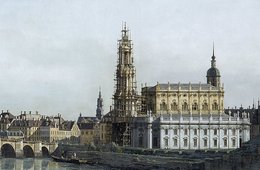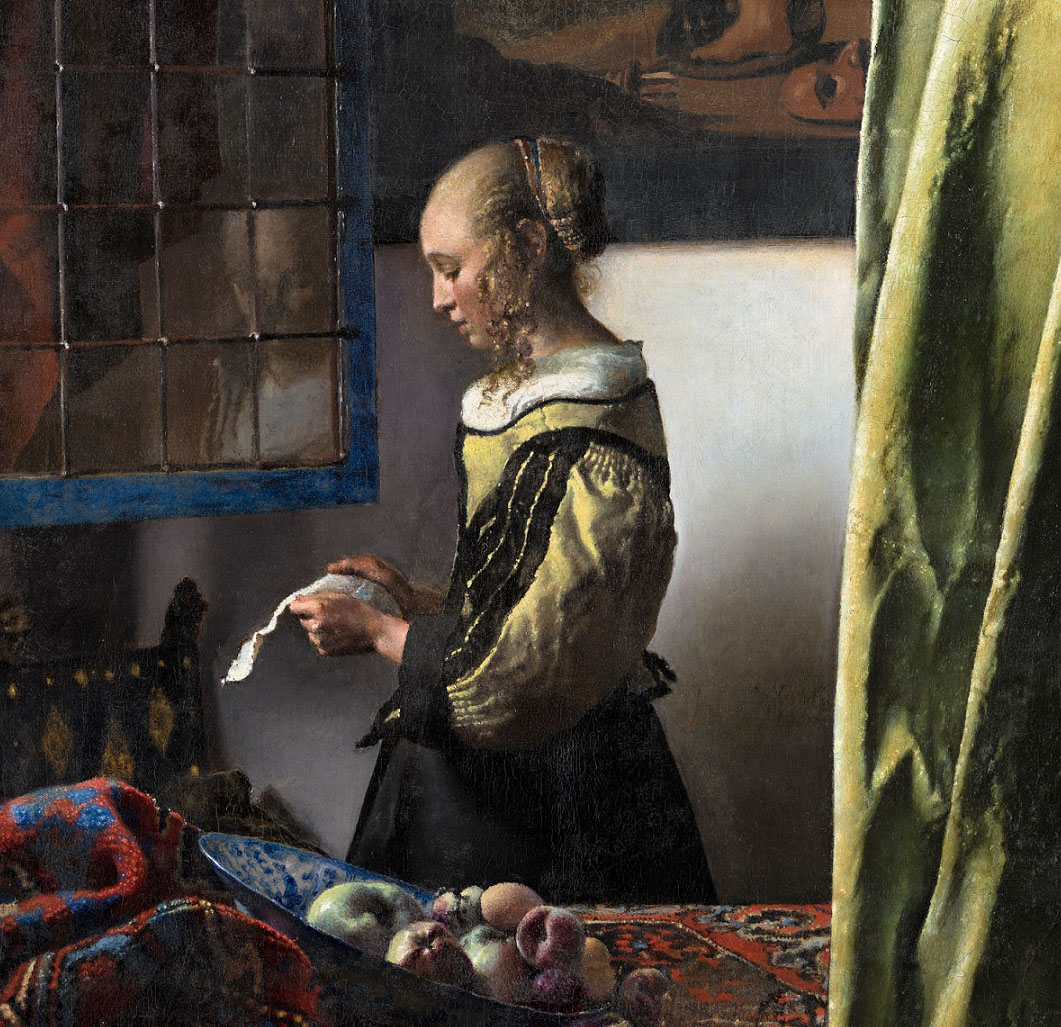Text + Bild Ornament
After the 1st quarter of the 19th century, ancient art lost its primacy as a model. However, it never fell into oblivion again. In the stylistic melting pot of historicism, numerous classicist elements can be found, impressively seen, for example, in the works of the late Karl Friedrich Schinkel (1781-1841) and Gottfried Semper (1803-1879). Certain forms and ornaments also have a firm place in design, architecture and arts and crafts right up to the present day. In the exhibition, a separate room is dedicated to this classicist afterlife.
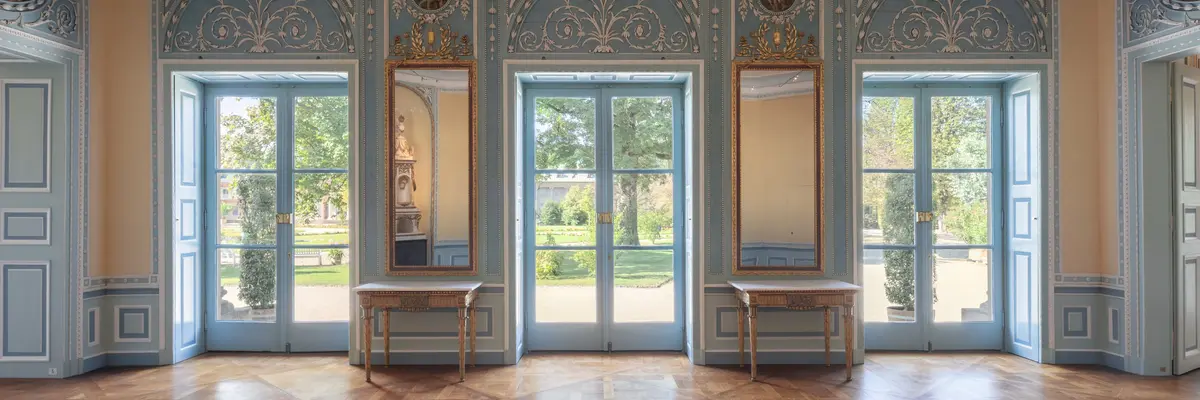
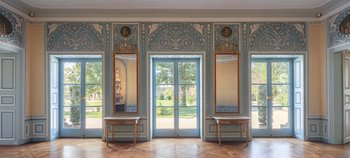
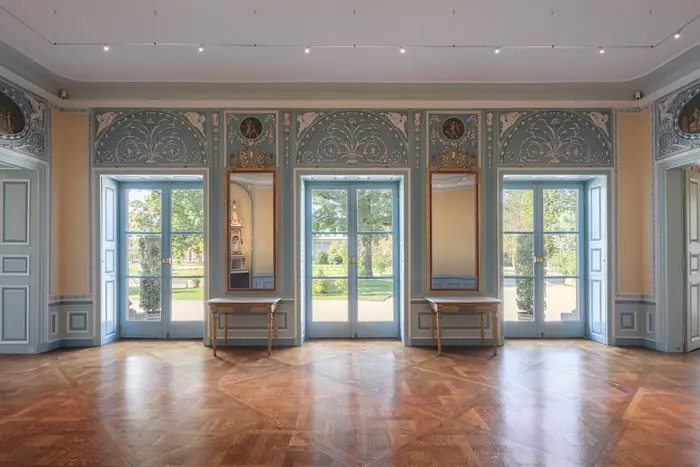
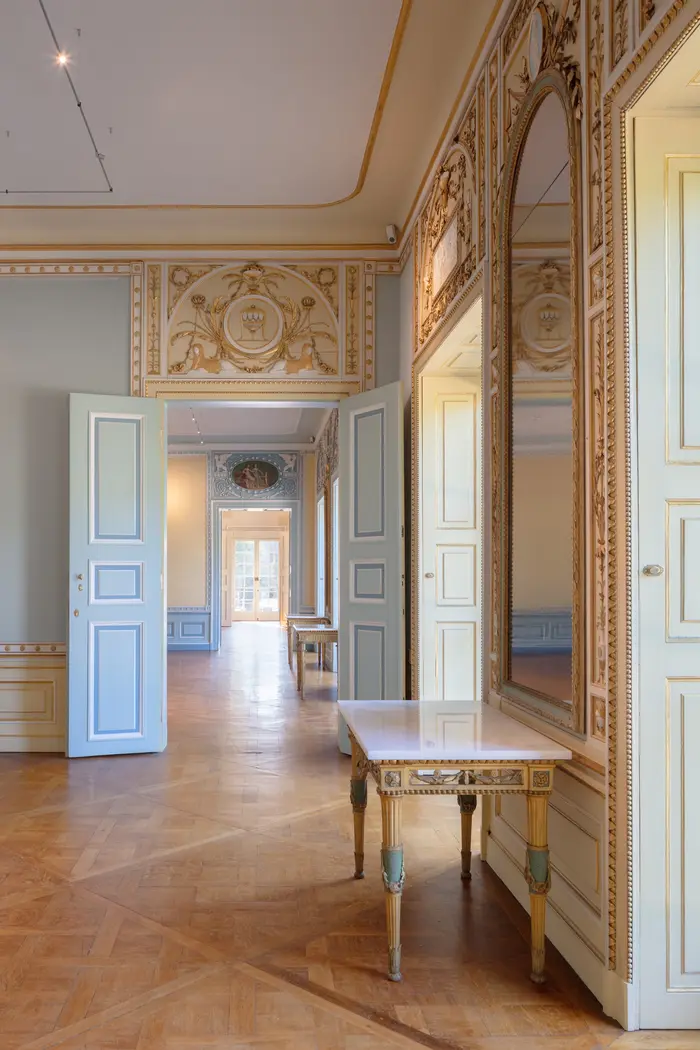
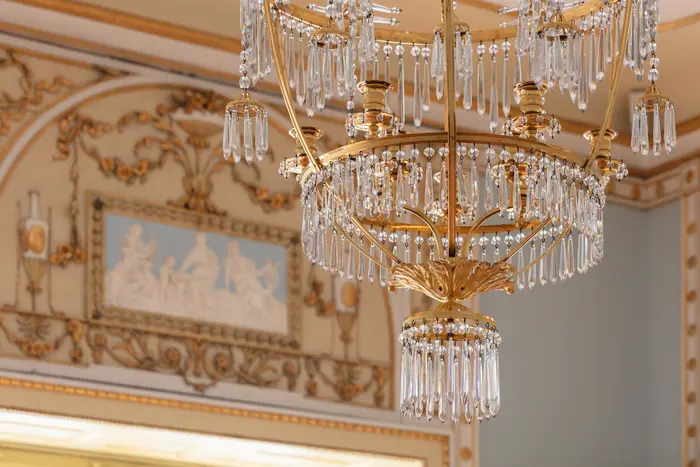
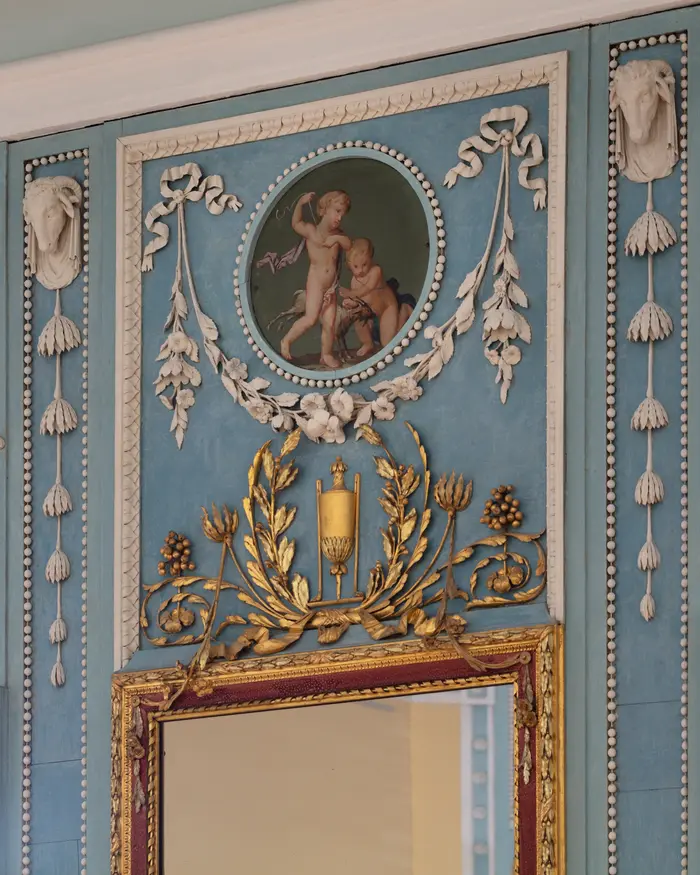
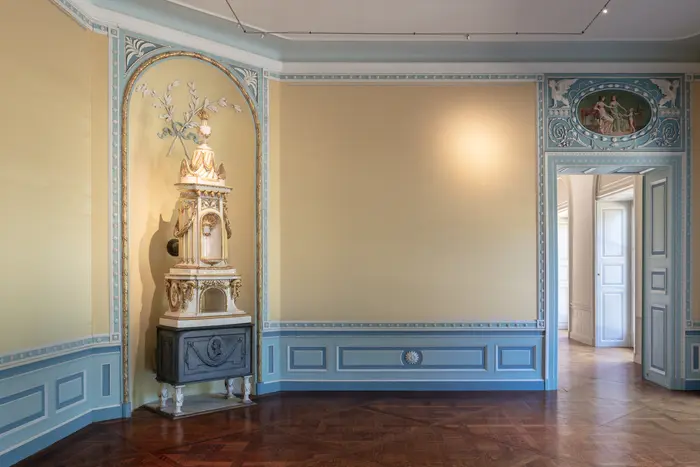
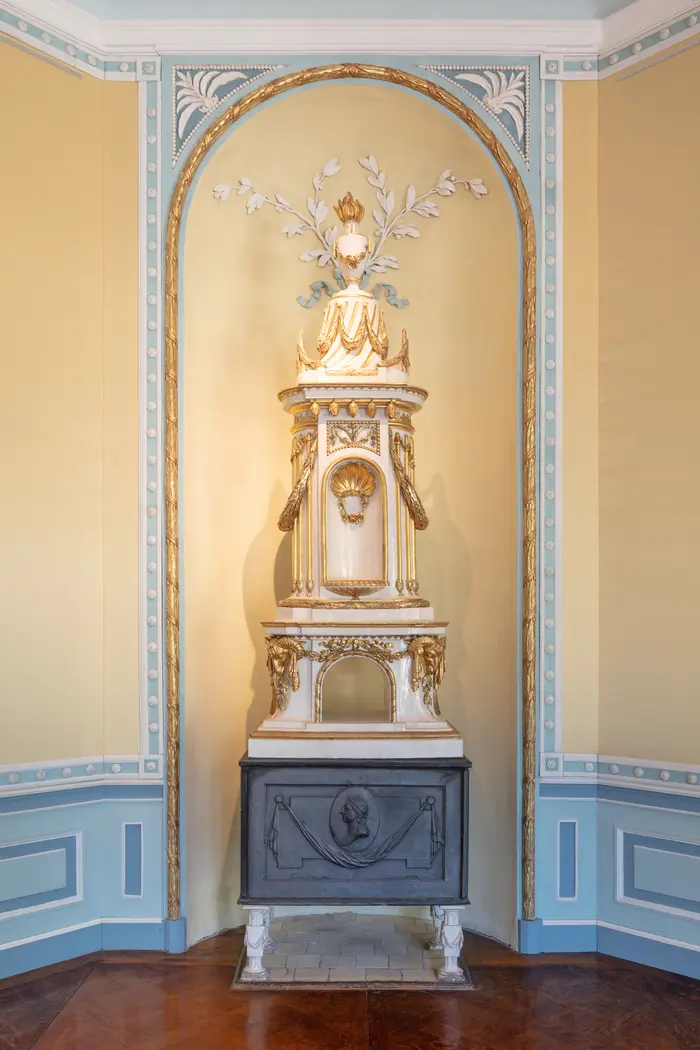
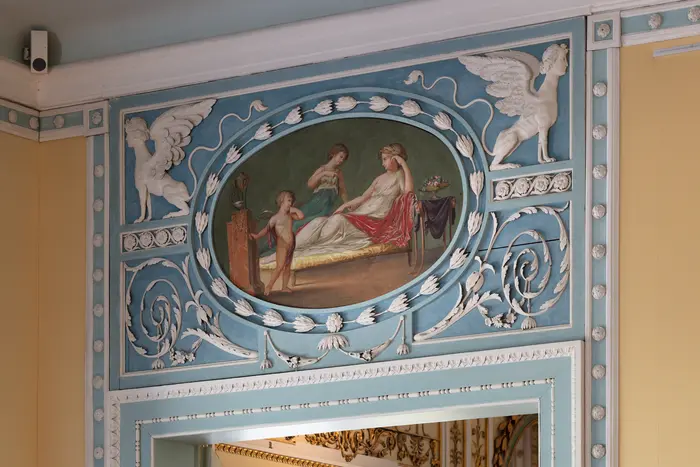
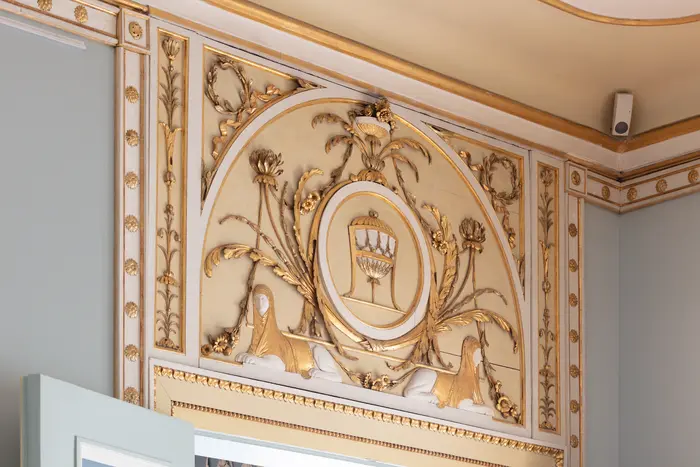
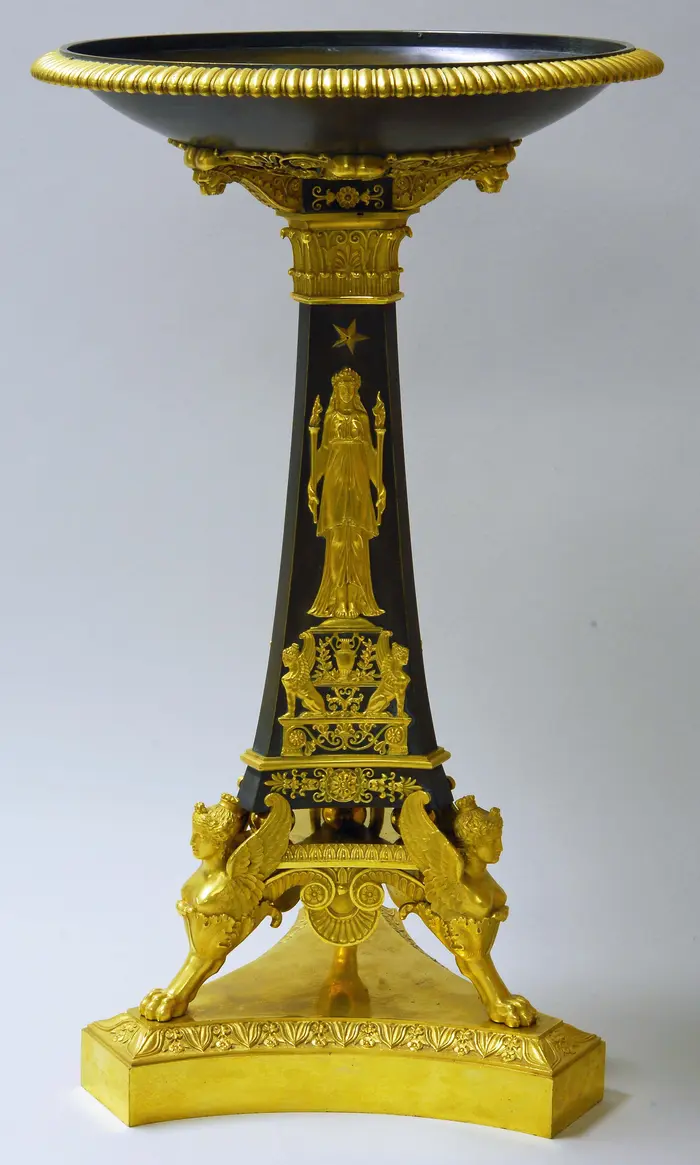
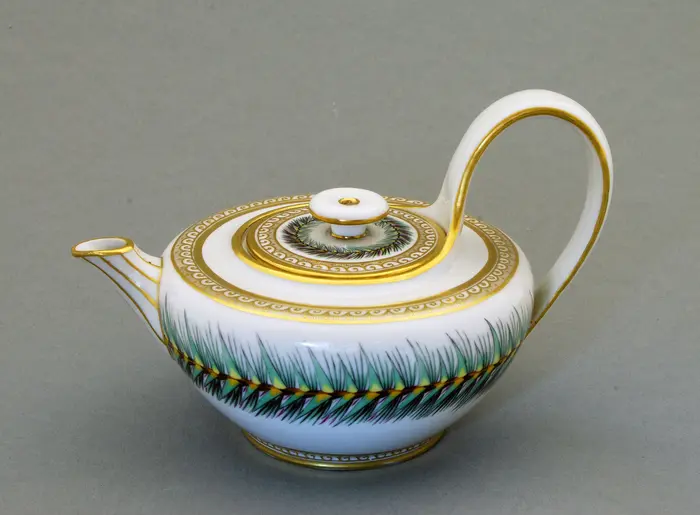
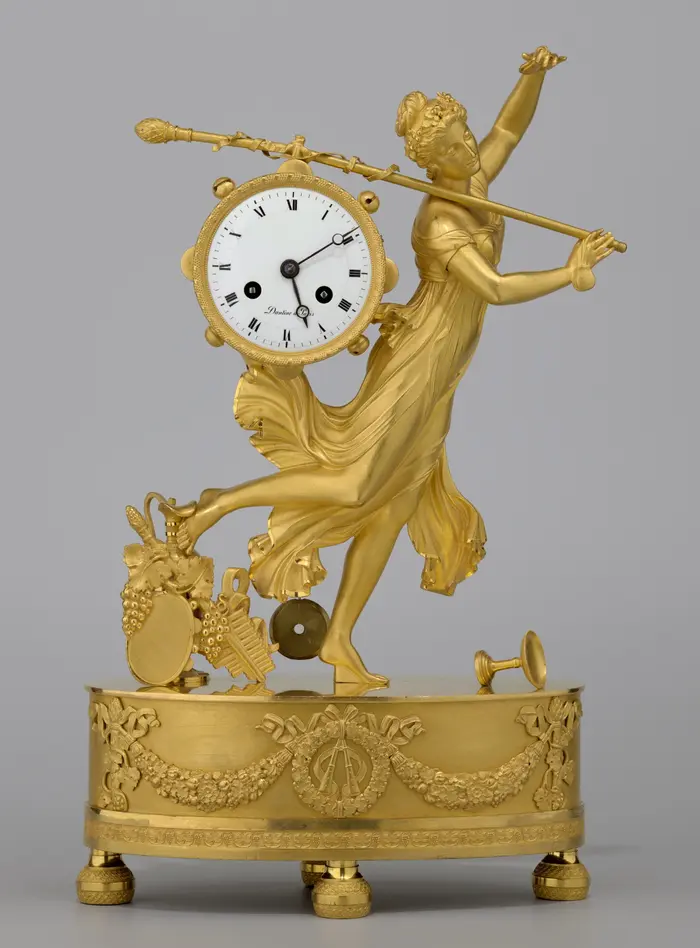
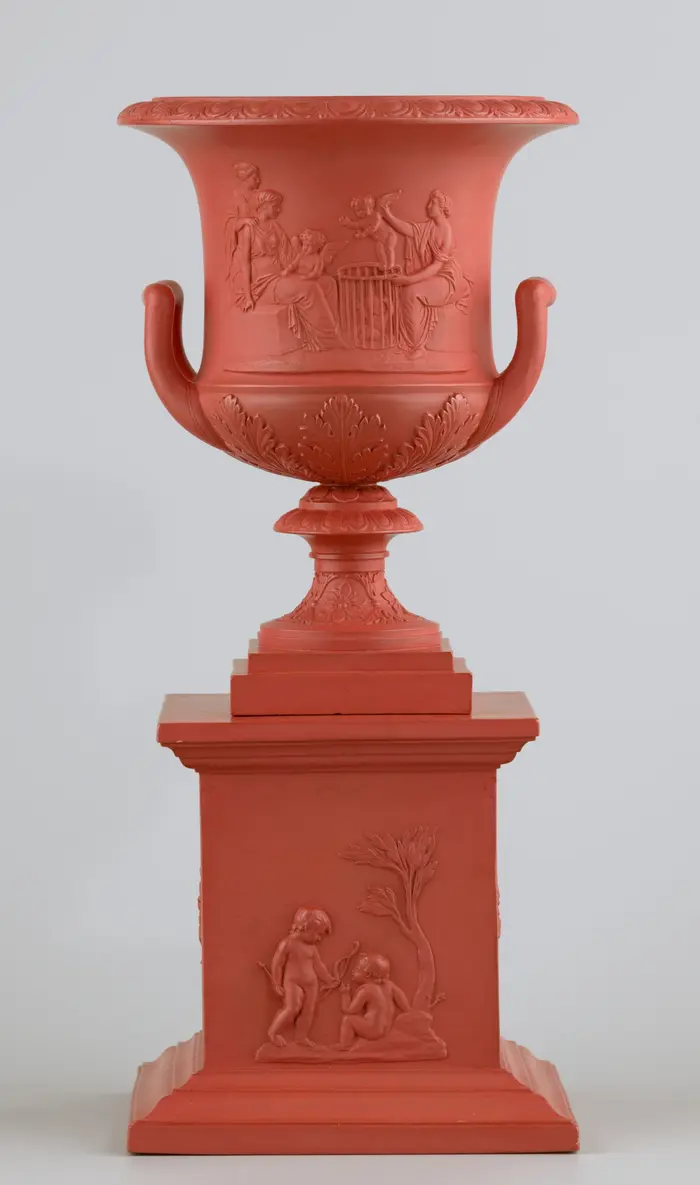
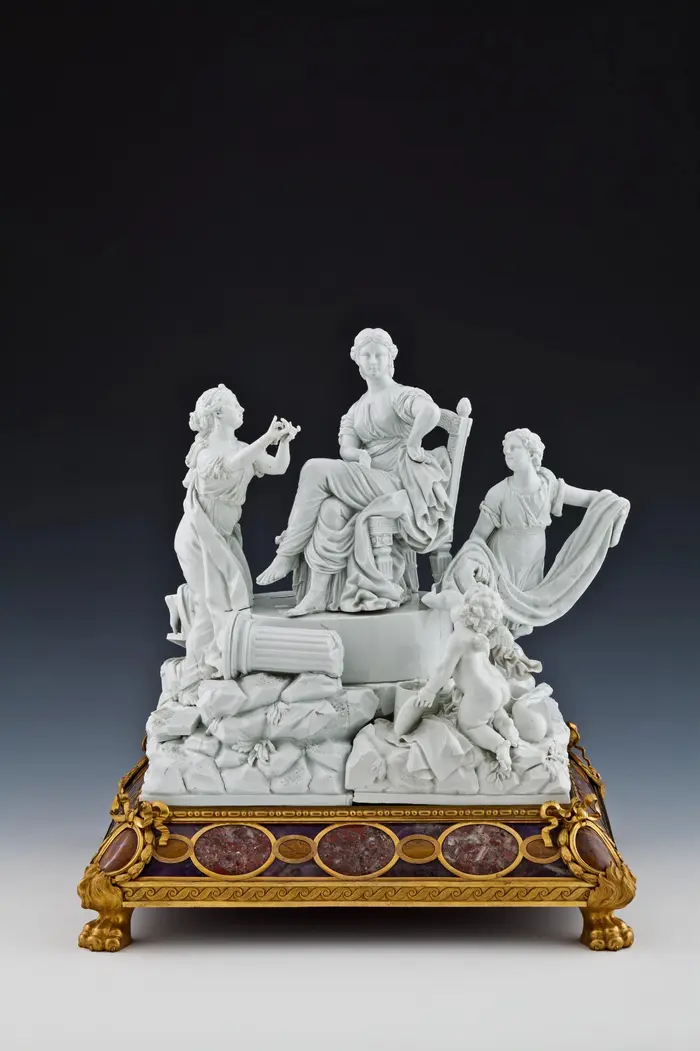
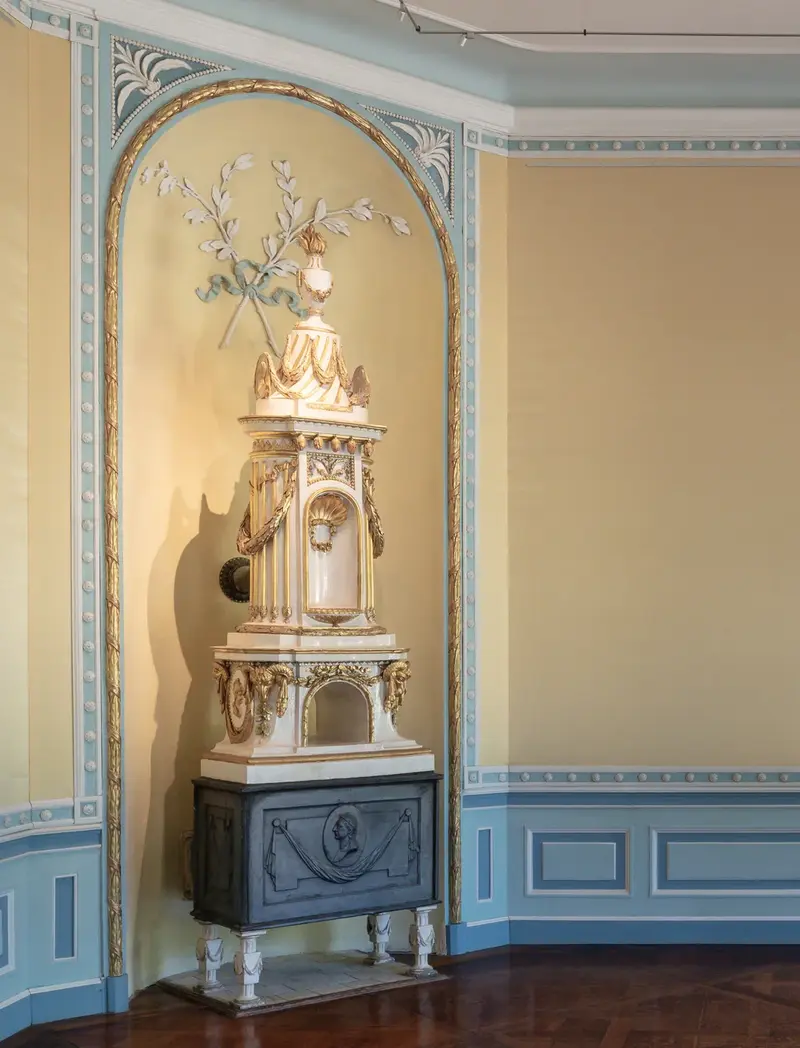
![[Translate to English:] Johann Heinrich Schmidt, Die Monarchenzusammenkunft in Pillnitz am 25. August 1791 (Detail) [Translate to English:] Johann Heinrich Schmidt, Die Monarchenzusammenkunft in Pillnitz am 25. August 1791 (Detail)](/fileadmin/_processed_/e/b/csm_7_Schmidt_Monarchenzusammenkunft_1791_6ae641da02.webp)
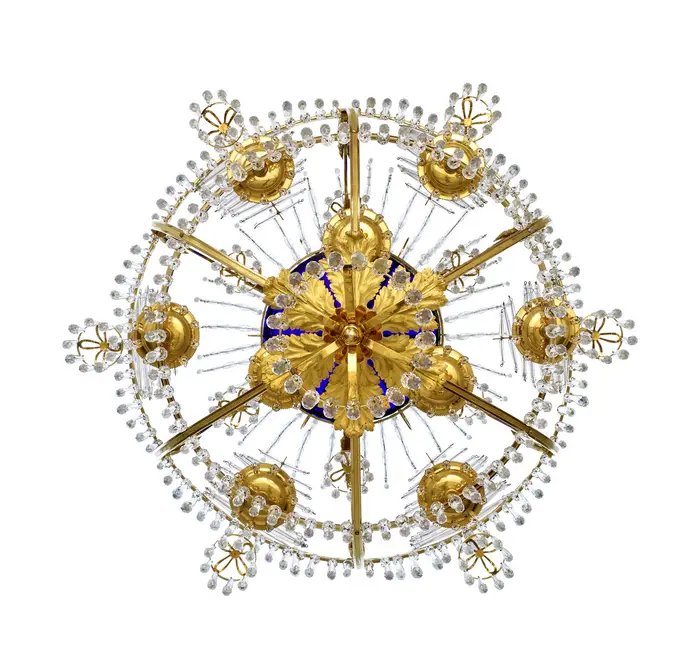
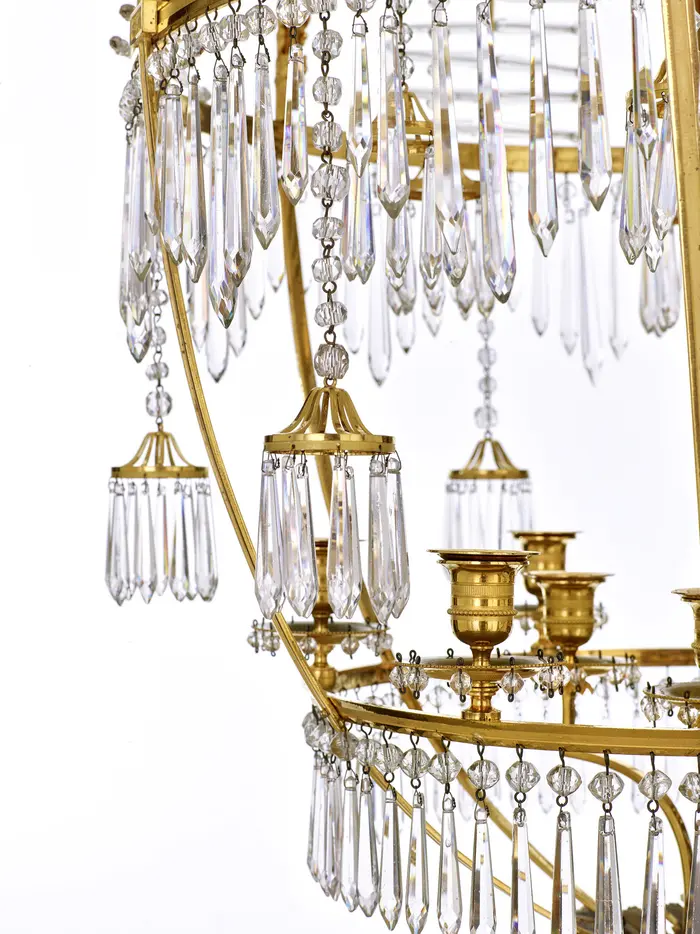
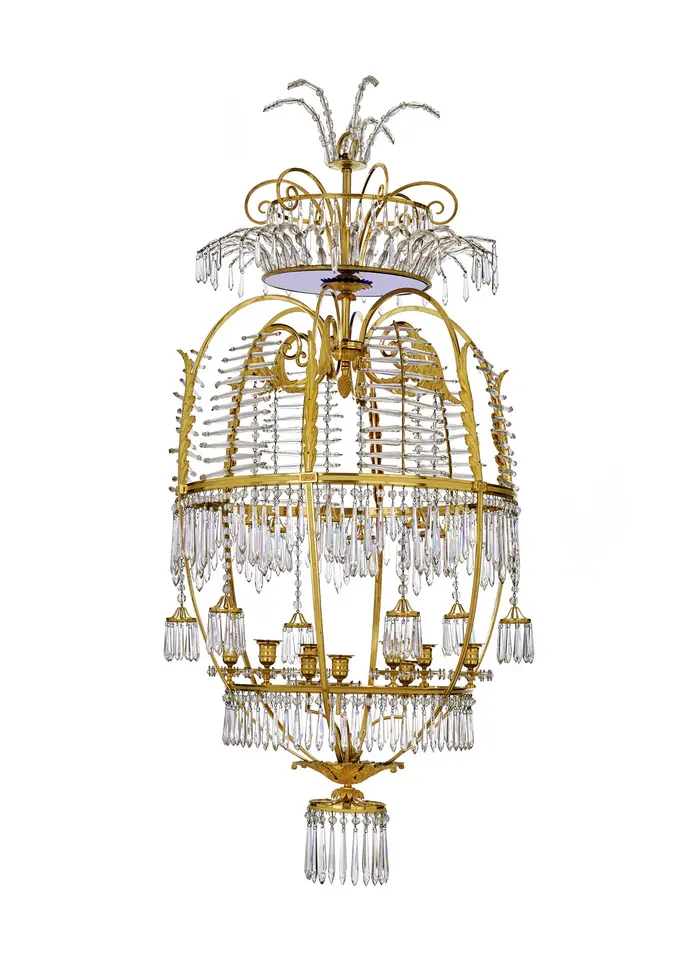
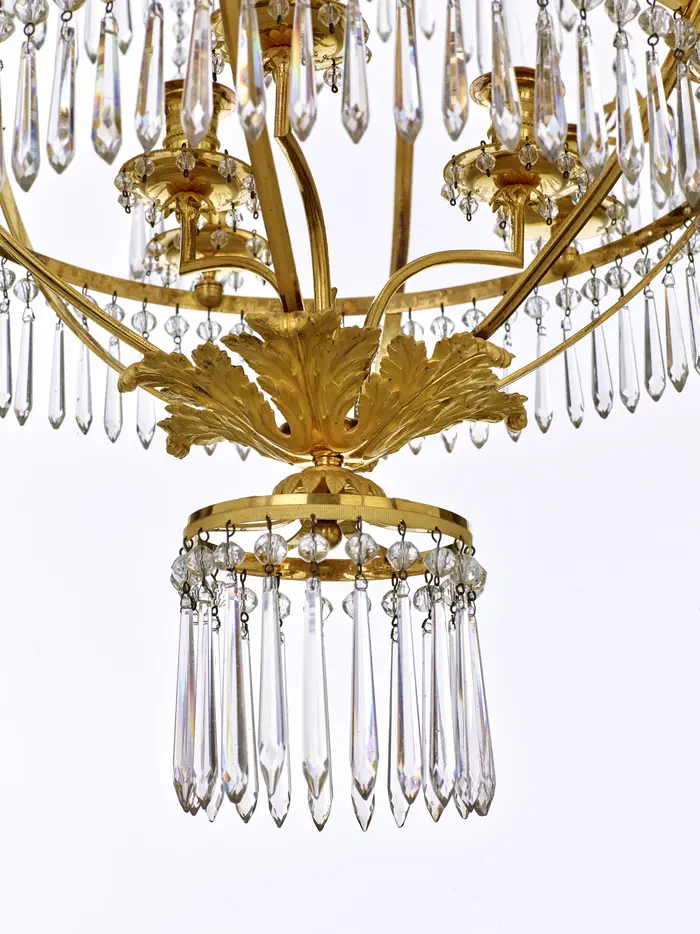
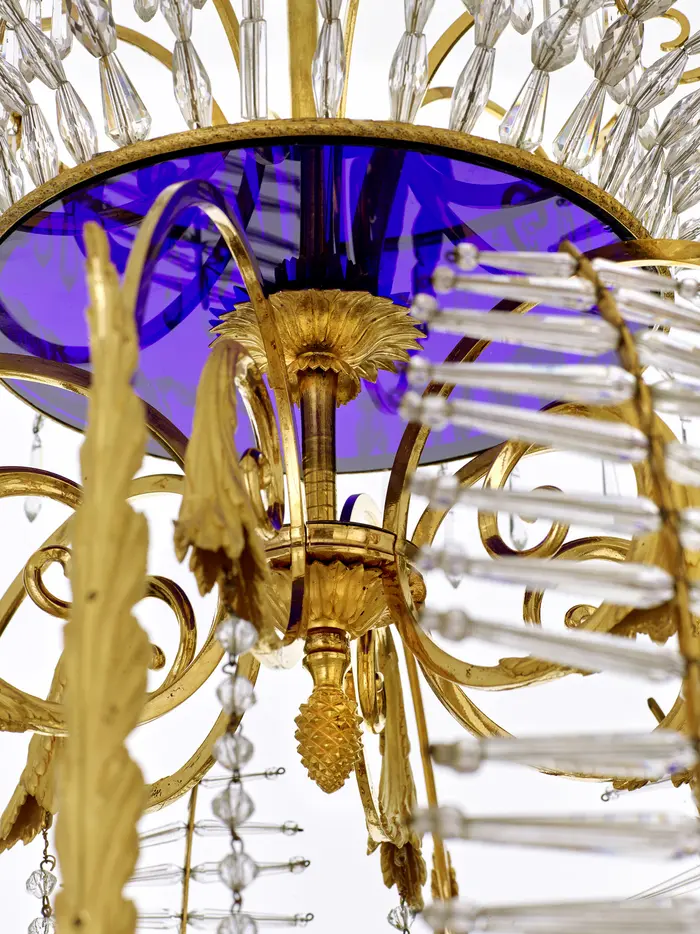
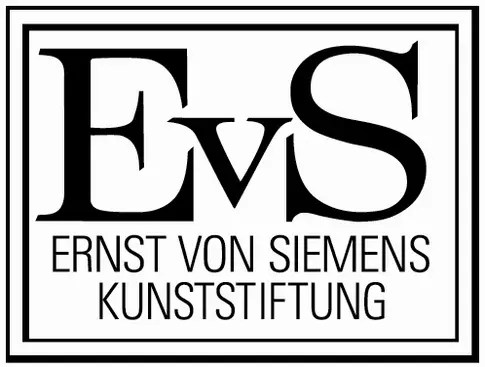
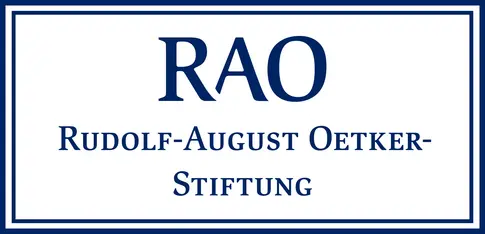

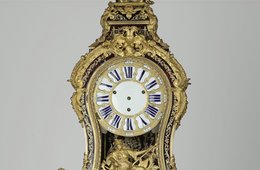
![[Translate to English:] [Translate to English:]](/fileadmin/_processed_/d/4/csm_202111_skd_inv_thronsaal_06_b_1f2528abc6.jpg)
![[Translate to English:] Kunstgewerbemuseum gelber Kasten mit vier Füßen](/fileadmin/_processed_/2/5/csm_kg-dauerausstellung-ausstellungsteaser-portal_9f9692154c.jpg)
